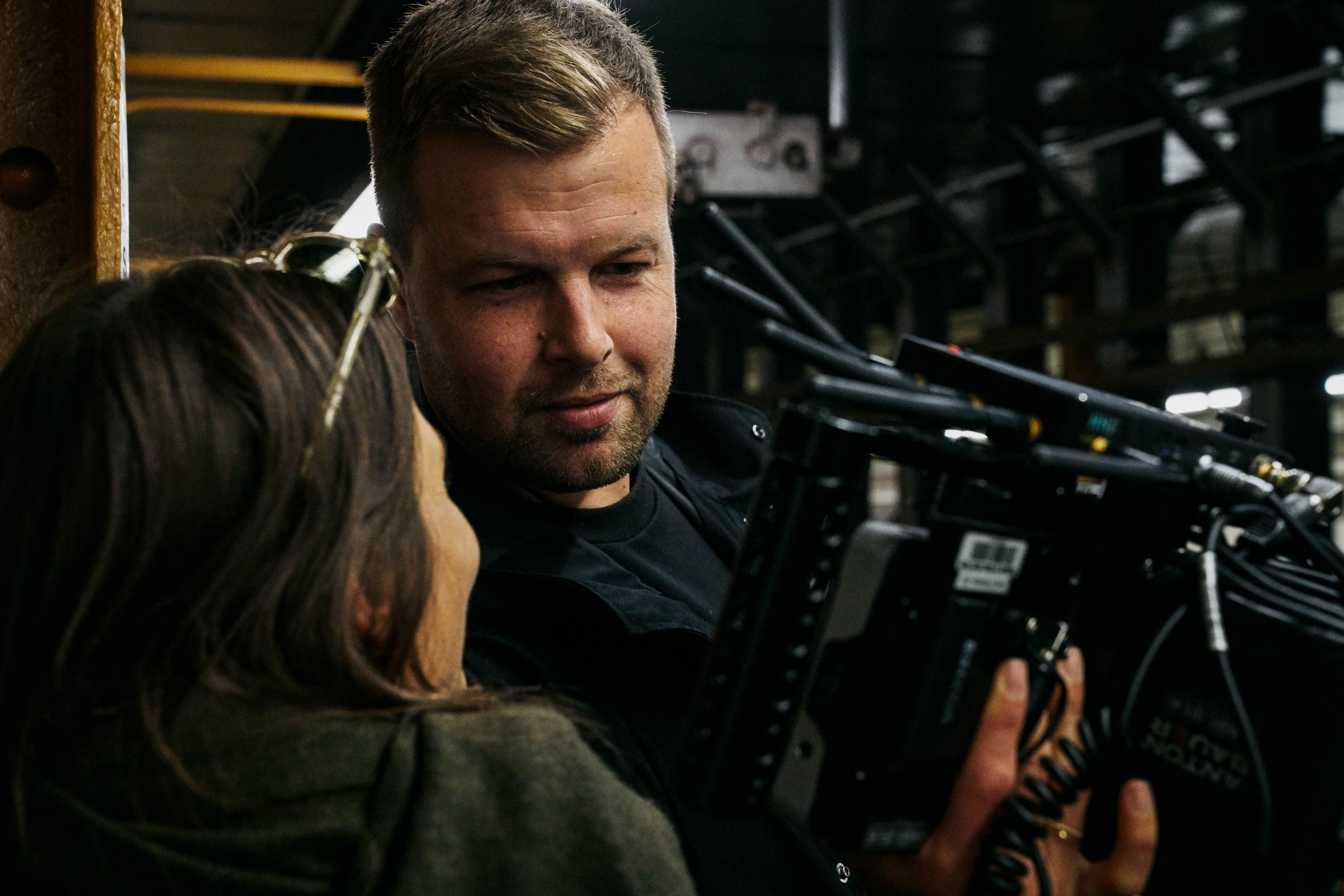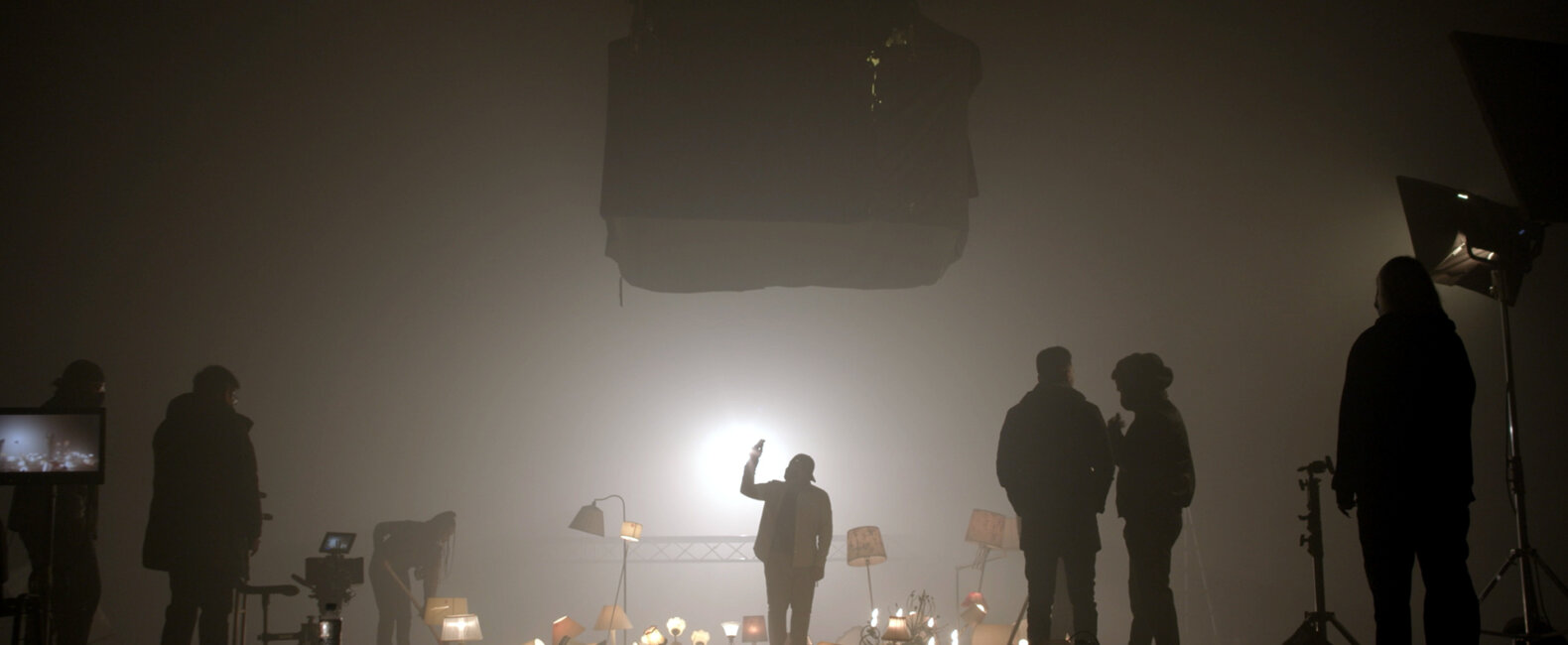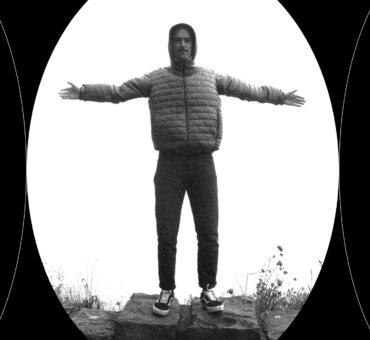On certain levels, developing a production budget is the same regardless of the type of film, whether you’re diving into a personal project or developing branded content for a client. We’ve already tackled a few notes on developing a production budget on the personal side, but after speaking with producers Sarah Schutzki (Feral Creative) and Zanah Thirus (Havas Chicago), we decided the commercial side deserved its own article.
While some technical strategies are the same — spreadsheets, information gathering, etc. — it turns out many of the soft skills are completely different, or at least more fragile. Which makes sense, because this project is not your baby. It’s someone else’s. Which brings with it a whole list of complications and strategies.
And, to be honest, sometimes it’s a thankless job.
“I think producers get a lot of flak for simply doing their job,” Zanah told us. “We’re not magic makers, although we may make things look like magic. We have to keep everything afloat and our hands are tied more than they’re loose.”
If the idea of keeping a project afloat while your hands are tied sounds difficult, that’s because it is. But, as we learned from these two veteran producers, you can do things to set yourself up for success, to minimize hiccups and keep your client happy.
If you’re looking for a more process-oriented budgeting walkthrough, check out our first post. This time around we’re diving into the budgeting process from a commercial standpoint, which leans a bit more into the diplomatic side because, well, welcome to the ad world.
Is your idea too expensive?
As we mentioned in the first post, all budgets start with the creative side because you need to define your parameters before you can start to budget a production. On the commercial side, though, it’s a bit more tricky. In most cases, you have a budget for the client already, so there’s a fine line between a great idea and an unproducable idea. It doesn’t matter how much your client will like the idea if you can’t afford it.
“Your creative team can have an exceptional idea for a Cannes Lion-winning spot, but if you don’t have the budget it doesn’t matter,” Zanah says. “We’re not going to get a $750,000 spot for $150,000. It just not possible. Before we present ideas to clients we need to figure out production first. I’m always pushing my team to not make promises we can’t deliver.”
Of course, there are plenty of internal discussions to be had, but you need to strike the balance between quality and reality. In the end, your client will thank you for presenting an idea that can actually be pulled off.
“Before we present ideas to clients we need to figure out production first. I’m always pushing my team to not make promises we can’t deliver.”
What’s non-negotiable?
We actually addressed this note on the personal side, but it’s definitely worth reiterating because clients (especially large brands) generally have a whole list of non-negotiables before production even begins and that’s something you need to be aware of.
“I need to understand what all of the deliverables are,” Sarah says. “The budget will change a lot if we’re delivering a 30-second spot or a five-minute short film. It drastically affects what we need to shoot, how much travel will be, and how many crew members we’ll need.”
But, beyond simple deliverables, there’s a whole side that the brand is worrying about as well. They have marketing goals for their content and numbers to hit as well, so before you begin to build out a budget, start by reaching out to your client and finding out what their non-negotiable items are — that way you can anticipate additional costs.
“It depends on the client, but there are usually things that are non-negotiable,” Zanah says. “They may have a deal with a sports team and they have to feature the logo no matter what the cost is. Even little things like ‘her shirt needs to be red’ could end up being a major cost down the road if we have to rotoscope a shirt to make it red instead of blue.”
As we mentioned in the first post, it’s also important to nail down your negotiables too, but for brand work it’s more important to know your non-negotiables because sometimes their demands are specific and just plain odd, at least from the outside looking in, which means it’s just that much more important to outline in your budget.

Present solutions, not problems.
As for building out the budget, the process is a bit more streamlined in the commercial world. According to Zanah, many agencies have templates built from years of doing projects and the client is already planning for costs on the distribution and marketing side — one less thing on your plate. But regardless, you will encounter problems. It’s the nature of the business.
But, here’s the trick: make the problems your problems. Not the client’s or your team’s.
“I’ve tried to avoid delivering difficult news,” Sarah says. “I do that by making sure I really understand what the creative is that we’re executing, understanding what the best-case and worst-case scenarios are for the project.”
Once you’ve defined your non-negotiable and negotiable budget items, you know how to solve problems before you even approach your client or team with them.
“I like to go to my team with solutions, not problems,” Zanah says. “If you have this concept and you have this idea, give me a script so I can build a range of costs before we present them to the client. It’s just a matter of process, I would say. Just make sure you’re not jumping the gun.”
By putting all of your ducks in a row, you can solve problems through a well-executed budget and present solutions to your client — better yet, solve the problem before they even knew about it.
Plan for the unplannable.
Most problems pop up because you didn’t see something coming. That’s the nature of problems. But, as a producer building out a budget, you can plan for the unknown by simply anticipating that it will always happen. Always.
“I’m very big on cushions,” Sarah says. “It’s really important to give yourself some wiggle room. Sure, sometimes it’s not possible. But, if you’re submitting a bid, get as many quotes as possible and confirm as many rates as possible. Then, once you have an accurate number, you can bump up some of your budgets just in case something goes up or down. I’d much rather have a surplus than a shortage. As long as it’s within reason, the client will get that money back in the end anyway.”
This strategy is budgeting 101 for any industry, but by “hiding” money in your budget you’re not only protecting yourself for unseen costs, you’re making it available in different areas of the budget when a different problem arises. Like Sarah said, in the end your client wins.

You can’t be everyone’s best friend.
Honestly, this section probably defines a producer’s job more than anything we’ve talked about to this point. When your duty is to keep a project afloat with your hands tied, sacrifices are going to be made. It’s just the way it is.
“If you’re not willing to be the ‘bad guy’ this is not the job for you,” Zanah says. “We have to have difficult conversations and bring things back to reality. Many times when I’m in a room full of creatives I’m the one to raise a flag and say, ‘Hey, we’re dealing with $400,000, not $4 million.’ So, you could be looked at as a buzzkill. You could be looked at as someone who bursts the bubble, but again it’s part of the job.”
This is the key part of being a producer and managing a production budget — and one of the key parts of filmmaking as a whole. Every crew member should be there to serve the project, but the producer carries that burden with them throughout the entire process.
Producers tend to think of themselves outside of the creative, but ultimately they’re the heartbeat of the creative. The driving force for making sure things happen. It’s up to you to build an accurate budget, look at the entire project, and make sure your project lives to see the light of day.
“I think producers are really the backbone of any project,” Sarah says. “ You can have a great idea, but if you don’t know how to execute it, it remains a great idea.”
This means making difficult, unpopular decisions. But, once you think about it, that’s filmmaking at its purest — someone completely dedicated to serving the final product and nothing else.





















































































